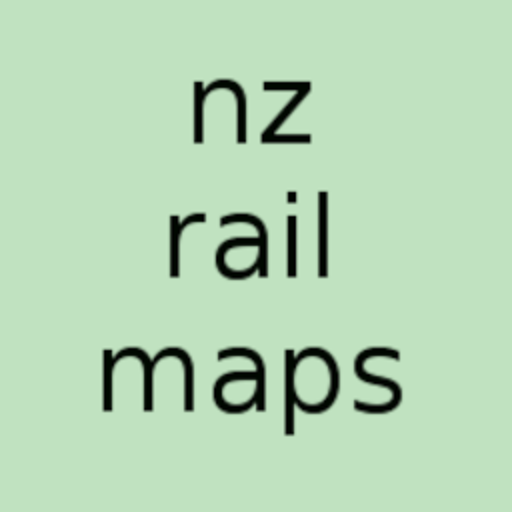There’s been a report today in Radio NZ News regarding the reliability of the DL Class locomotives, with the suggestion that many of the class members are not achieving the expected rate of reliability and that therefore Kiwirail should be choosing some other type of locomotive to purchase. Kiwirail has been aiming for a MDBF for the class of 80,000 km.
We do not have information here about the 80,000 km figure, whether it is world class or not, but will introduce some other numbers here. The gold standard for locomotive longevity set by EMD and GE has been a locomotive lifetime of 1 million miles (1.6 million km) over a 16 to 18 year period. During that time the locomotive would typically have a half life overhaul with the engine, main alternator and traction motors exchanged within the chassis with overhauled equivalents. We do not have knowledge of exactly how much work is needed on the individual components such as the engine at this half life overhaul period. Nor do we know very much about the historical classification system of A and B grade overhauls of locomotives, or how the EMD/GE data compared with the other historical types of diesel-electric or electric mainline locomotives in the NZR system, most of which were made by English Electric (one class made by Mitsubishi), or for that matter with the various types of shunting locomotives from a range of manufacturers.
However in general, we believe the EE / Mitsubishi locomotives were getting that exchange component overhaul at about half the mileage of EMD/GE locomotives and so were more expensive to maintain, and parts supply for EE locomotives was generally slower. The overall reliability of these classes also tended to fall well below EMD/GE locos. It was surprising therefore that after the experience of highly reliable locomotives built in North America that the Kiwirail management chose to purchase the DL class locomotives from CNR because there have been as many questions over their usability as there were for English and Japanese built locomotives in decades past. We understand that the half life overhaul for the DL class locomotives has been taking place at about 8-9 years for the members of the class with the Gen 1 locomotives having reached that milestone within the last couple of years. It has been difficult to get an objective picture of the usefulness of the locomotives because of the political heat generated over their introduction, from one side with the rail union and some drivers questioning management decisions, and from the other side with the enthusiast community and politicians attacking mainly the Chinese origin of the locomotives.
For the point of this article we are going to assume 80,000 km MDBF is a reasonable number. If the locomotives have a mileage of around 100,000 km per year as implied then this failure rate would be around 1-2 major failures per year. The data chart from RNZ shows even this figure is hard to achieve, with practically all of the locomotives in service at that time achieving about half that one year ago. The rate has been improved significantly since then, but the average is still only about 56,000 km and varies between generations of locomotives. Kiwirail claims that is acceptable for their current service expectations for their business.
It would be interesting to see a comparison between the DL class and other classes of locomotives in the system. The DL class use MTU engines and we would expect to see a high standard of reliability from these given the reputation of the manufacturer. The main alternator and traction motors are of Chinese origin, and we expect the control systems mostly are as well. The NZ mainline locomotive fleet at the present time is mainly the DL class and the GE built DX class (1972-1975) and its derivatives. There are a small number of DC class, which are fifty year old rebuilt EMD G12 locomotives from the 1960s, still operating, and there have also been a few rebuilt G22s from the late 1970s until relatively recently. It can be seen that until the introduction of the DL class most of the mainline fleet in NZ was pretty old. The NZ railway network traffic density does not justify a high level of investment and that’s why Kiwirail is happy with the mix of locomotives they currently have. They are planning to order 10 more DLs, probably so they can write off what is left of the DC class, and it is currently rumoured the DLs will soon be introduced on the Main North Line in the South Island. The scaremongering from certain elements of the railfan community that many of the locomotives would not last the distance has not been validated. As we have striven to point out, these locomotives are not high tech items, the technology needed to produce and maintain them being so well understood and easily engineered that unless major structural failures occurred, or the engines had a very short life, the locomotives are highly likely to remain in service for their expected life time. In fact given the norm in NZ there is also a high likelihood many of them could be extended to 3 million kilometres and 32 years service with a full rebuild after 16 years, as has occurred with our EMD/GE classes, if their basic structure is still in good condition at that time.
